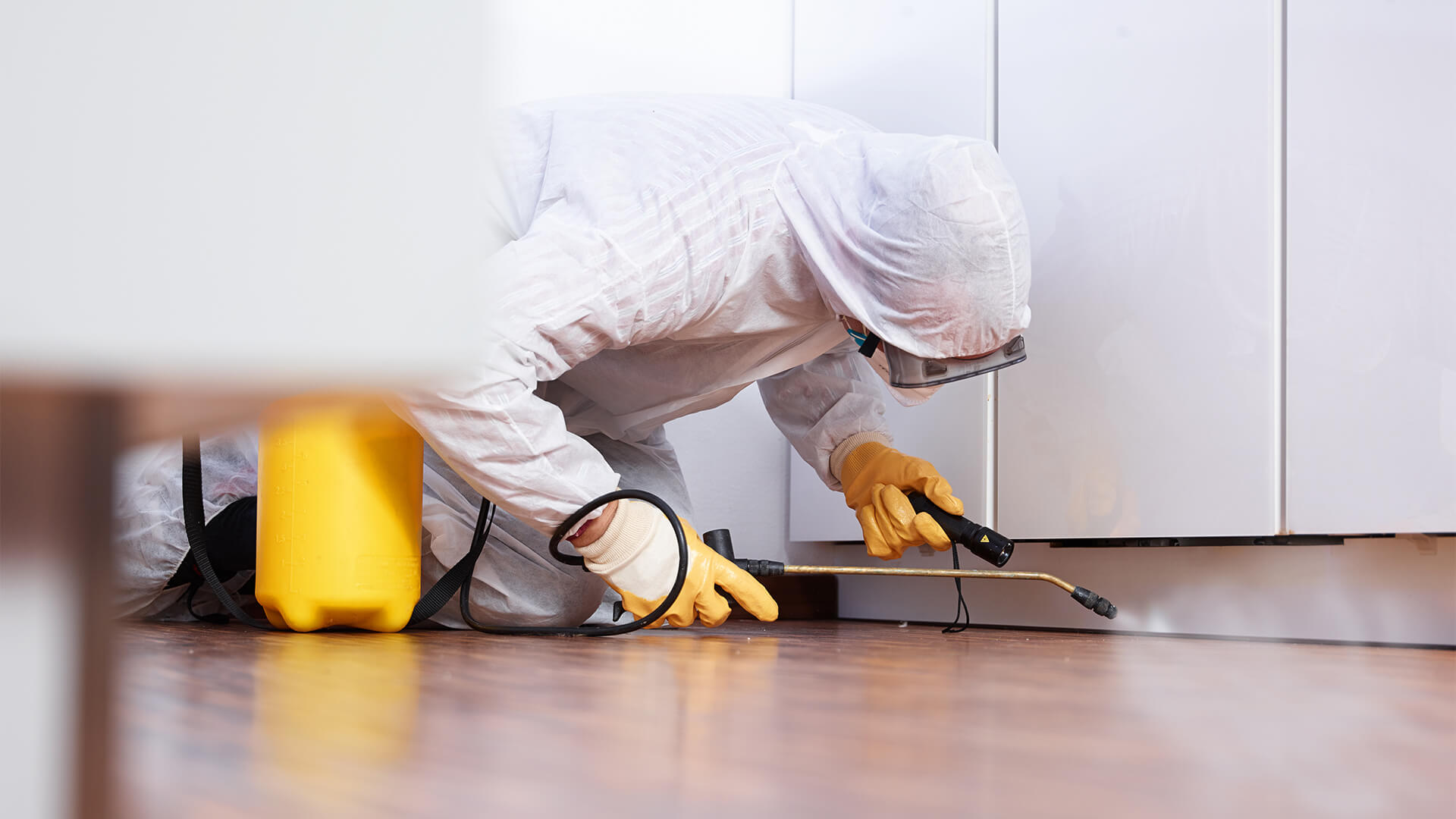Get professional Pest Control for your home and ensure safety.
Eco-Friendly Parasite Control Approaches for Taking Care Of Wild Animals in Urban Locations
Urban locations typically find themselves at the crossway of human activity and wildlife, bring about one-of-a-kind difficulties in pest monitoring. Environmentally friendly strategies stress sustainable coexistence, employing techniques such as habitat alteration and natural repellents to mitigate human-wildlife disputes. These approaches not only safeguard the setting however also boost area interaction in wild animals administration. As metropolitan populaces continue to expand, recognizing the characteristics of wild animals interactions becomes significantly critical. What ingenious methods can be applied to make certain both ecological balance and city security? Discovering this inquiry reveals an engaging landscape of prospective solutions.
Recognizing Urban Wildlife Dynamics
Understanding Urban Wildlife Characteristics is necessary for creating effective and eco-friendly bug control methods. Urban areas are progressively coming to be habitats for various wildlife species, driven by aspects such as environment fragmentation, food accessibility, and human infringement. Recognizing these dynamics allows for a nuanced method to pest management that aligns with ecological principles.
Urban wildlife typically includes varieties such as raccoons, squirrels, and birds, which adapt to city atmospheres, finding specific niches in green areas, parks, and also suburbs. Their presence can cause conflicts with people, particularly when they manipulate personnels for food and sanctuary. Comprehending the actions and ecological duties of these species notifies approaches that reduce adverse communications while promoting biodiversity.
Moreover, recognizing the interdependencies within urban communities aids in identifying vital locations for environment conservation and remediation. This understanding adds to the growth of integrated insect administration (IPM) methods that take into consideration the eco-friendly balance, thus minimizing dependence on harmful chemicals. By promoting conjunction in between human beings and city wild animals, cities can create healthier environments that benefit both citizens and neighborhood ecosystems, leading the way for lasting urban living.
All-natural Repellents and Deterrents
Natural repellents and deterrents use a lasting alternative to conventional bug control methods by using the power of nature to keep undesirable types away. These environment-friendly remedies generally make use of plant-based components, essential oils, and other naturally happening substances that discourage bugs without hurting the setting.
One reliable all-natural repellent is peppermint oil, which is recognized to drive away rats and pests. Its strong fragrance is unpleasant to several parasites, making it a popular choice for city settings. Similarly, vinegar and citrus peels can act as deterrents, as their solid smells are normally unattractive to different wildlife.
Additionally, diatomaceous earth is a natural powder that can be spread out in areas prone to insect task, properly dehydrating and discouraging insects without presenting risks to non-target varieties. Moreover, garlic sprays and neem oil are recognized for their capacity to ward off a wide variety of pests, consisting of both pests and larger wild animals.
Implementing these natural repellents not just minimizes dependence on chemical pesticides yet also promotes a healthier city my company environment, promoting a more well balanced conjunction between human beings and wildlife. By using these strategies, urban areas can properly manage insect populaces while minimizing environmental effect.
Environment Alteration Techniques
Efficient environment modification techniques play a critical role in sustainable bug monitoring by altering the atmosphere to make it much less helpful to pest infestations. By comprehending the eco-friendly dynamics of metropolitan locations, homeowner can apply tactical adjustments that hinder pests while advertising biodiversity.
(Bed Bug Exterminator)One primary technique entails preserving correct sanitation. This consists of regular waste removal, securing trash containers, and removing standing water to lower reproducing websites for pests and rats. Additionally, landscaping techniques such as selecting indigenous plants can enhance eco-friendly equilibrium, supplying environments for helpful microorganisms while decreasing sources for parasites.
An additional crucial method is to secure entry factors in buildings. Inspecting and repairing splits in structures, wall surfaces, and windows can substantially decrease parasite gain access to. Producing physical barriers, such as fences or plant buffers, can hinder wildlife motion into human-inhabited areas.
Integrated Parasite Management Practices
Structure upon habitat alteration strategies, incorporated bug monitoring (IPM) techniques provide an alternative strategy to managing parasite populaces while lessening environmental influence. IPM incorporates various approaches, consisting of organic, social, mechanical, and chemical controls, to attain efficient pest monitoring.
Biological control involves the intro of natural killers or parasites to reduce parasite populaces. Social methods, such as crop turning and cleanliness, interrupt pest life process and diminish their environments - Pest Control. Mechanical controls, like catches and barriers, offer immediate alleviation from parasite pressures without chemical treatment
Chemical controls are made use of as a last hope, concentrating on targeted applications that restrict damage to non-target species and the environment. The option of eco-friendly pesticides, when essential, is essential to the IPM structure. Furthermore, monitoring insect populaces and evaluating possible damages assists educate decision-making, ensuring that interventions are timely and effective.
Community Participation and Education And Learning

(Exclusion Pest Control)Workshops and educational sessions can equip locals with expertise concerning indigenous varieties, habitat conservation, and efficient non-toxic pest management strategies. Collaboration with schools, local organizations, and federal government companies additionally improves instructional outreach, ensuring that essential details gets to diverse audiences.
Additionally, community-led efforts, such as community clean-up days and environment reconstruction jobs, not only promote biodiversity yet likewise strengthen area connections. Pest Control. By encouraging homeowners to share their experiences and observations, communities can create targeted methods that deal with specific neighborhood insect concerns
Integrating feedback from residents right into pest monitoring prepares enables a much more responsive and flexible technique to wildlife challenges. Ultimately, educated and engaged areas are vital to accomplishing long-term success in environment-friendly insect control, resulting in much healthier city atmospheres that appreciate both human and ecological demands.

Final Thought
In verdict, environmentally friendly insect control approaches offer sustainable services for managing city wildlife. By focusing on habitat adjustment, making use of all-natural repellents, and carrying out incorporated parasite monitoring techniques, areas can promote a harmonious coexistence with neighborhood animals.